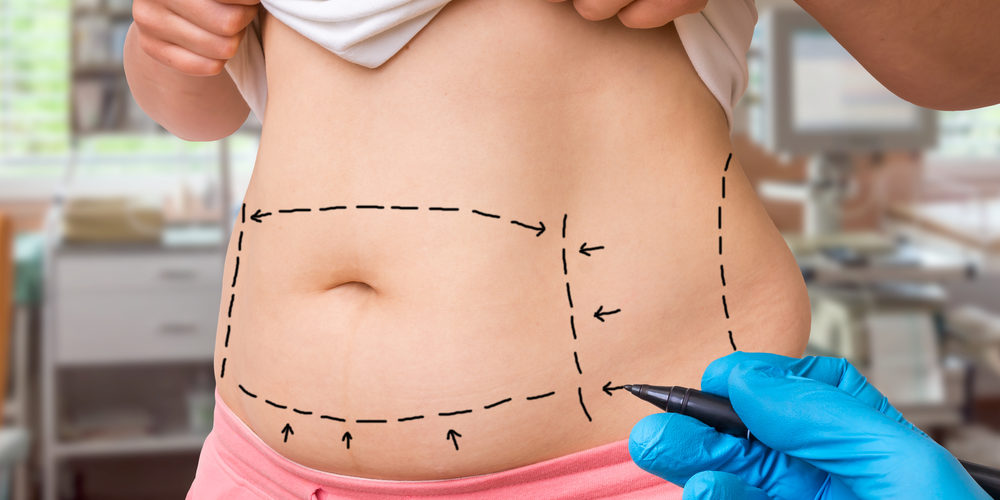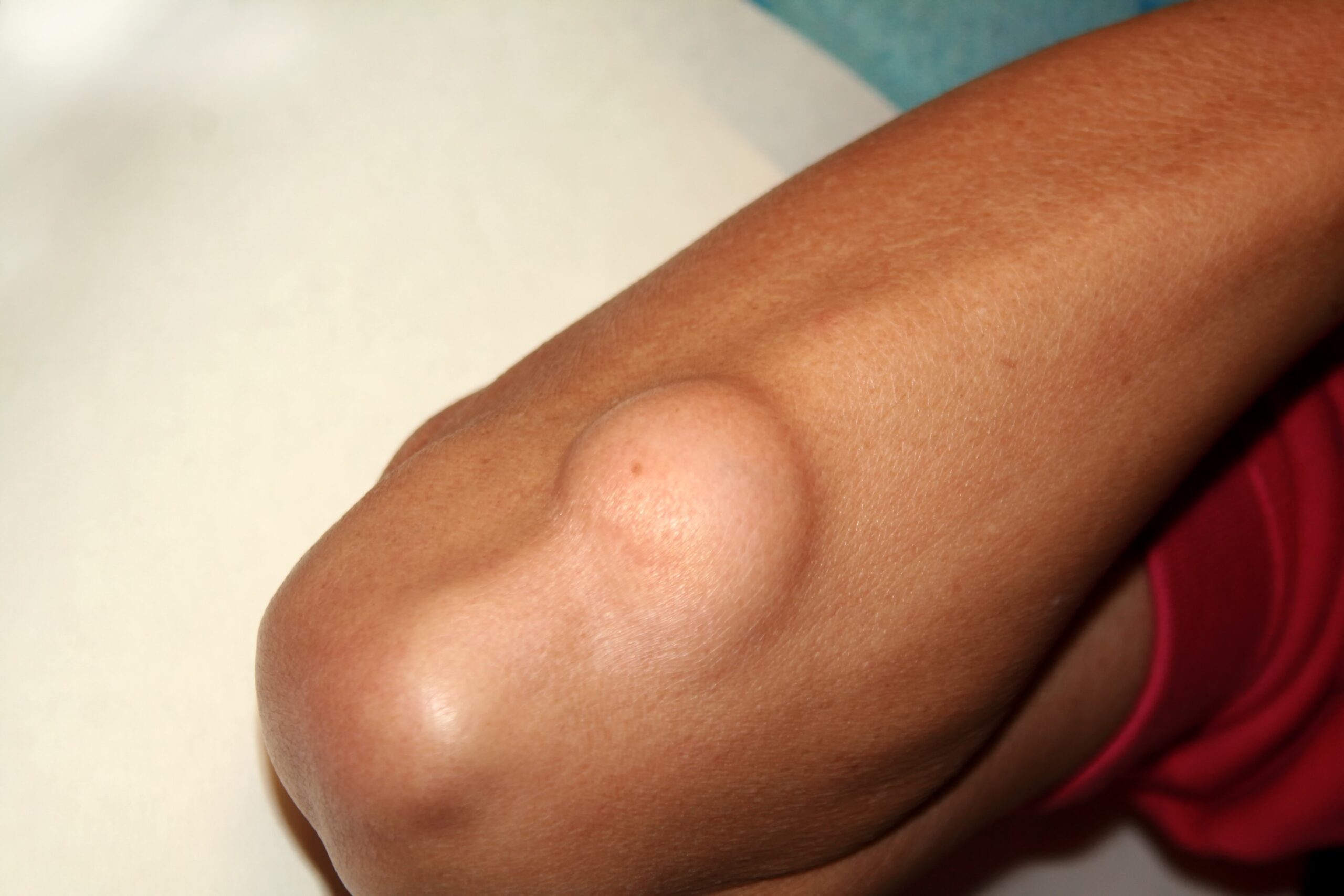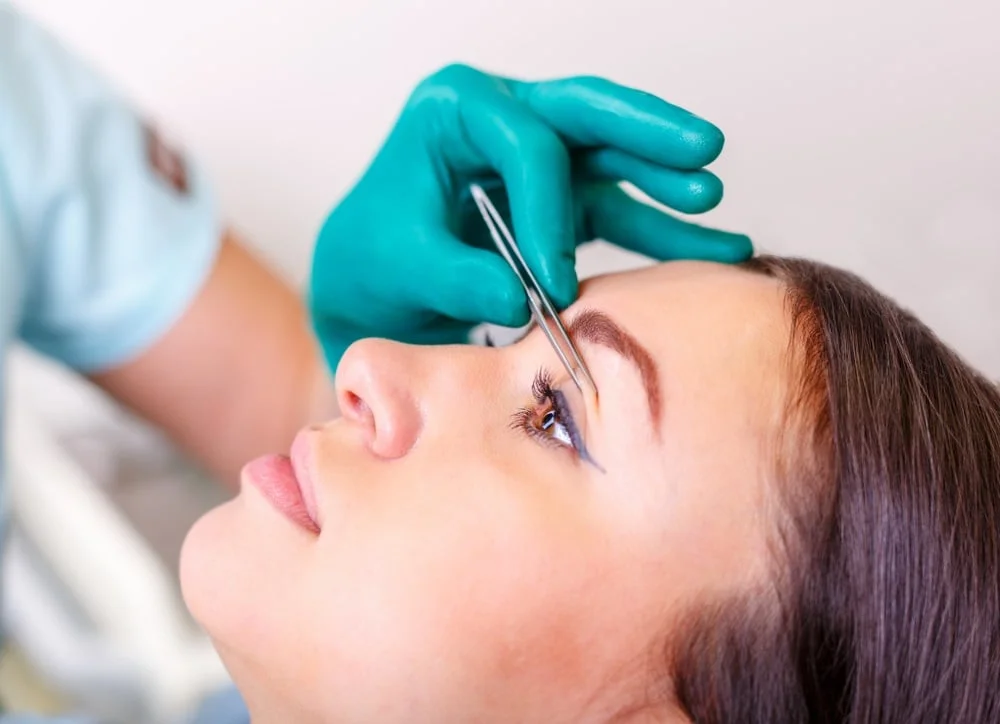- There were over 400,000 liposuction procedures performed last year, making it the top procedure among both men and women.
- You might be waiting the better part of a year for your liposuction results.
- Liposuction might actually induce weight gain unless you’re prepared to hit the gym.
Despite being the most popular cosmetic surgical procedure in the United States in 2016, liposuction remains a consistently misunderstood treatment.
As the popularity of liposuction grows, it’s important to set the record straight about what it’s intended to accomplish, and how to keep looking your best. We’ve taken the time to explore some of the most frequently asked questions regarding surgery results and recovery.
How will I look after liposuction?
It’s important to understand that you will not see the full benefits of your procedure until long after it’s been completed. In fact, you may even look heavier after liposuction which often leads patients to believe that their procedure was a bust. Your body will likely swell from fluid build-up, causing you to appear bloated in those areas that you wanted to reduce. This is part of the healing process and completely normal.
The swelling typically lasts a few weeks. However, this will depend on the location and the amount of fat that was removed. The type of liposuction procedure performed can also affect the rate and duration of swelling.
Immediately following liposuction, you’ll likely notice a difference in your physique. But if not, don’t sweat it. The immediate difference is more pronounced for patients who have had more excess fat removed.
You might also notice some loose skin. How much loose skin you see will depend on a variety of factors, including your weight prior to the procedure, your muscle tone, your age, and the amount of fat removed. Age is a significant factor in skin elasticity. In many cases, loose skin will firm up with time. However, sometimes the loose skin is so pronounced that it merits surgical intervention. Talk your surgeon about skin tightening options.
How long will it take before seeing full results?
Again, this will vary depending on the amount of fat removed and the location of the liposuction. Typically, it will take at least a month before results start to become visible. In some cases, you could be waiting as long as three months before seeing any real improvement.
Not satisfied with your month three look? Don’t worry. While you’re probably seeing most of the liposuction surgery results, your body could continue to change up to a year following the procedure. In short, it takes a long time to see the final results of even a single liposuction treatment.
How much weight can I lose from liposuction?
First of all, don’t climb on that scale right away. The bloating and fluid build-up in the days following the procedure will actually make you gain weight. Give your body time to heal, and don’t panic about the extra pounds.
Secondly, understand that liposuction is not intended to act as a weight loss solution. This is probably the most common misconception about the procedure. True, liposuction literally sucks the fat from your body, but its intention is to remove whole fat cells from problem areas, thereby contouring your physique for a more pleasing shape.
In reality, liposuction might only remove a few pounds. Industry guidelines dictate that a single liposuction session shouldn’t remove more than a gallon (roughly 11 pounds) of fat. Although this is only a recommendation, it’s one held closely by many plastic surgeons, and has even been translated into law in some states.
That being said, some researchers are challenging the current standards, asserting that how much fat removed during a single session should be based on the individual’s Body Mass Index (BMI). According to a 2015 study, patients who weigh more prior to a procedure can have more fat safely removed.
If your surgeon is unwilling to remove as much fat as you’d hoped, it’s possible that they might be willing to perform a series of liposuction procedures. Surgeons sometimes space these procedures about three weeks apart. Of course, a surgeon will only agree to this if your current weight can support additional fat removal.
Is weight loss from liposuction permanent?
In a word: no. The removed fat cells are gone for good, but your body still has fat cells in other places. If you aren’t adhering to healthy diet and exercise, these fat cells will gladly pick up the slack and pack on the pounds.
If you gain enough weight (about 10% of your current mass), your body may create new fat cells in areas that previously received liposuction. This will effectively undo all of your surgeon’s hard work.
A 2012 study published in the Journal of Clinical Endocrinology & Metabolism suggests that liposuction may induce visceral fat gain as the body seeks to compensate for the sudden loss in fat cells. Visceral fat is fat that hangs out around vital organs. This fat is important, but a sudden increase in visceral fat may put you at an heightened risk of certain conditions, like heart disease and diabetes.
Visceral fat also contributes to weight gain, suggesting that liposuction could actually trigger some weight gain (even if it’s not obvious to the naked eye). Thankfully, the same study shows that proper exercise will counteract this effect.
How soon can I start exercising after liposuction?
You can start moving soon after your surgery. With your doctor’s consent, practice standing and shuffling as soon as you’re able to. This will promote circulation and prevent blood clots. It may also help reduce some of that post-surgical swelling that we’ve been talking about.
Apart from walking, take things slow and listen to your doctor. The exact guidelines for getting back into an exercise routine will depend on the amount and location of your liposuction.
Some providers will approve you for standard exercise after a week, while others will instruct you to wait as long three weeks before starting an exercise routine. In either case, you’ll likely be told to workout at 25% of your pre-procedure physical activity level and slowly increase the intensity from there.
Note that exercise may increase your swelling, prolonging your recovery. This is not unusual and it’s nothing to worry about. Also note that your plastic surgeon will give you compression garments to wear during recovery. These should be worn during your workout routine until you’re instructed otherwise.
What exercises are best for maintaining results?
Try focusing on exercises that burn fat. Interval training is said to be good for increasing metabolism and keeping the fat off.
In other words, engage in exercise routines that are fast and rigorous as opposed to lengthy cardio workouts. You can also focus on muscle toning activities like leg lifts, push-ups, and crunches to emphasize your new physique.
Will liposuction treat weight related conditions?
This topic has been hotly debated over the years, and studies have been conducted arguing both sides of the issue. On the one hand, some researchers suggest that liposuction may have metabolic benefits, like lower blood pressure, lower insulin levels, and lower cholesterol, while others claim it has no direct effect on any of these things. In fact, the 2012 study mentioned above even suggests that liposuction could make some of these things worse.
A 2004 report in the New England Journal of Medicine looked at 15 obese women who had undergone large volumes of fat removed via liposuction. The researchers looked at blood pressure and insulin levels both before and after the procedures. The report concluded that liposuction had no appreciable impact on either blood pressure or insulin levels, noting that the procedure removes fat cells but does not shrink those left behind.
A 2011 study in the journal Plastic and Reconstructive Surgery looked at 322 people of varying ages, genders, and sizes. It measured the triglyceride levels of these patients before and after surgery. High levels of triglycerides are associated with the development of Type 2 Diabetes and heart disease. The study found that 62% of patients with at-risk levels prior to liposuction showed normal levels afterward, suggesting that liposuction could help to lower the risk of Type 2 Diabetes and heart disease.
The human body is a complex machine, and its possible that the effects of liposuction on metabolic conditions can be repressed or bolstered by a variety of confounding factors, like post-surgery diet and exercise and inflammation.
However, one thing is certain. Liposuction can boost motivation levels and make exercise more accessible. If liposuction helps you start up some healthier habits, then it’s safe to say that it’s had a positive effect on your overall health.
Can liposuction treat my cellulite?
Liposuction’s benefits are solely beneath the skin. It will not cure any surface skin ailments like cellulite, stretch marks, or scars.
In fact, if too much fat is removed or the fat removal is not uniform, the procedure may make your cellulite appear more pronounced. For this reason, some surgeons consider those with heavy cellulite or similar skin conditions poor candidates for liposuction.
Is it possible to be too thin or too large for liposuction?
When we picture the typical liposuction patient, we’re likely picturing someone who is clearly overweight. Few people hear “liposuction” and think of someone who is a healthy weight and lives an active lifestyle.
Therefore, you might be surprised to hear that the model liposuction candidate is someone who is of average weight (or close to it) and has healthy habits. This candidate likely works out regularly but has a few problem areas where the surgical removal of excess fat deposits can assist.
Liposuction on heavier patients significantly increases the risk of poor cosmetic outcomes, specifically noticeable contour irregularities. As a result, heavier patients seeking liposuction are often directed to get closer to their ideal weight the old-fashioned way before undergoing the procedure.
That being said, plenty of heavier people have had liposuction and seen success. Discuss your weight concerns with your surgeon of choice. Just remember that the sooner you start those healthy habits the better.
As for the opposite end of the spectrum, it is definitely possible to be too thin for liposuction. If you have some problem areas that you want to address but are already underweight, liposuction is not recommended.
How often can I get liposuction?
We mentioned earlier that some doctors will perform multiple rounds spaced about three weeks apart. However, some patients may seek additional liposuction after feeling dissatisfied with their initial results. Touch up procedures are possible, and for these doctors typically recommend patients wait about six months in order to be sure that they’re seeing accurate results.
Repeated liposuction in the same areas increases the risk of irregularities and complications. You may start noticing lumps or dimples in your skin. You might also develop scar tissue under your skin that can cause it to feel unusually firm.
If you find yourself seeking repeated liposuction in the same areas, you might want to reflect on your habits. Consistently gaining weight and having that excess weight removed via liposuction is not a healthy option. Liposuction is ideally a one-time fix to help you on the path to a healthier lifestyle.









